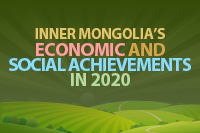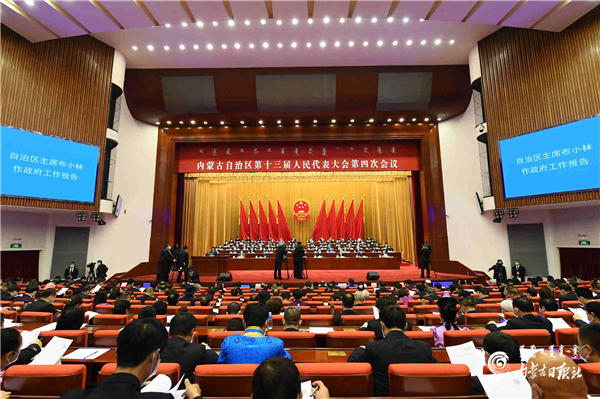Tongliao
Tongliao is located in eastern Inner Mongolia and the western Songliao plain. It has an area of 59,000 square kilometers, 3.13 million inhabitants, and eight banners, county-level cities, and regions, with one development area. There are 1.54 million Mongolians in Tongliao, the greatest concentration in China. The Mongolian population in Tongliao is one third of the whole region’s and one fourth of the whole nation’s.
Tongliao has a profound ethnic culture. It was the hometown of Qing Dynasty Empress Xiaozhuangwen, patriotic general Senggelinqin, and national hero Gadameilin. As a famous city of prairie culture, Tongliao is known as “the birthplace of Andaiart”, “the birthplace of national folk music”, and “the birthplace of printmaking”. Andai dance, Uliger, and Mongolian Hur were listed among the first intangible cultural heritages of China.
Tongliao has abundant agriculture and husbandry resources: farmlands of 1.34 million hectares, and grasslands of 3.41 million hectares. As an important commodity grain base and husbandry production base, it has a comprehensive productivity of 10 billion jin of grain, and 40 million units of livestock.
Tongliao has advantageous traffic conditions. Located at the intersection of Jilin, Liaoning and Inner Mongolia, it is an important transport hub connecting Northeast and Northern China. With six railways and four national highways running through it, Tongliao station is an important junction of national railways and one of 14 marshalling stations.
In 2018, Tongliao achieved a regional GDP of 130.16 billion yuan, a year-on-year increase of 4.1 percent. Of which, the added value of the first industry was 27.05 billion yuan, an increase of 1.8 percent; the added value of the second industry was 34.51 billion yuan, an increase of 1.4 percent, and the added value of the tertiary industry was 68.06 billion yuan, an increase of 6.6 percent.
From the perspective of industrial structure, the three industrial structures were adjusted to 20.8: 26.5: 52.7.
In 2018, the per capita disposable income of all residents was 41,573 yuan, an increase of 4 percent year-on-year.



 Print
Print Mail
Mail





